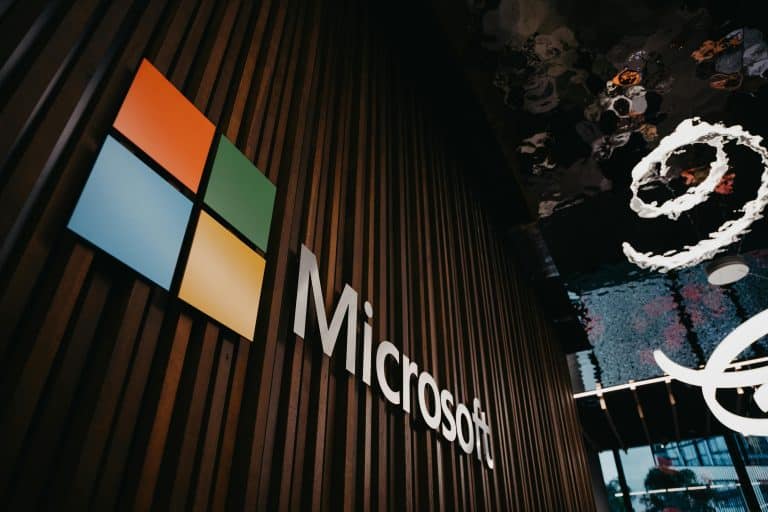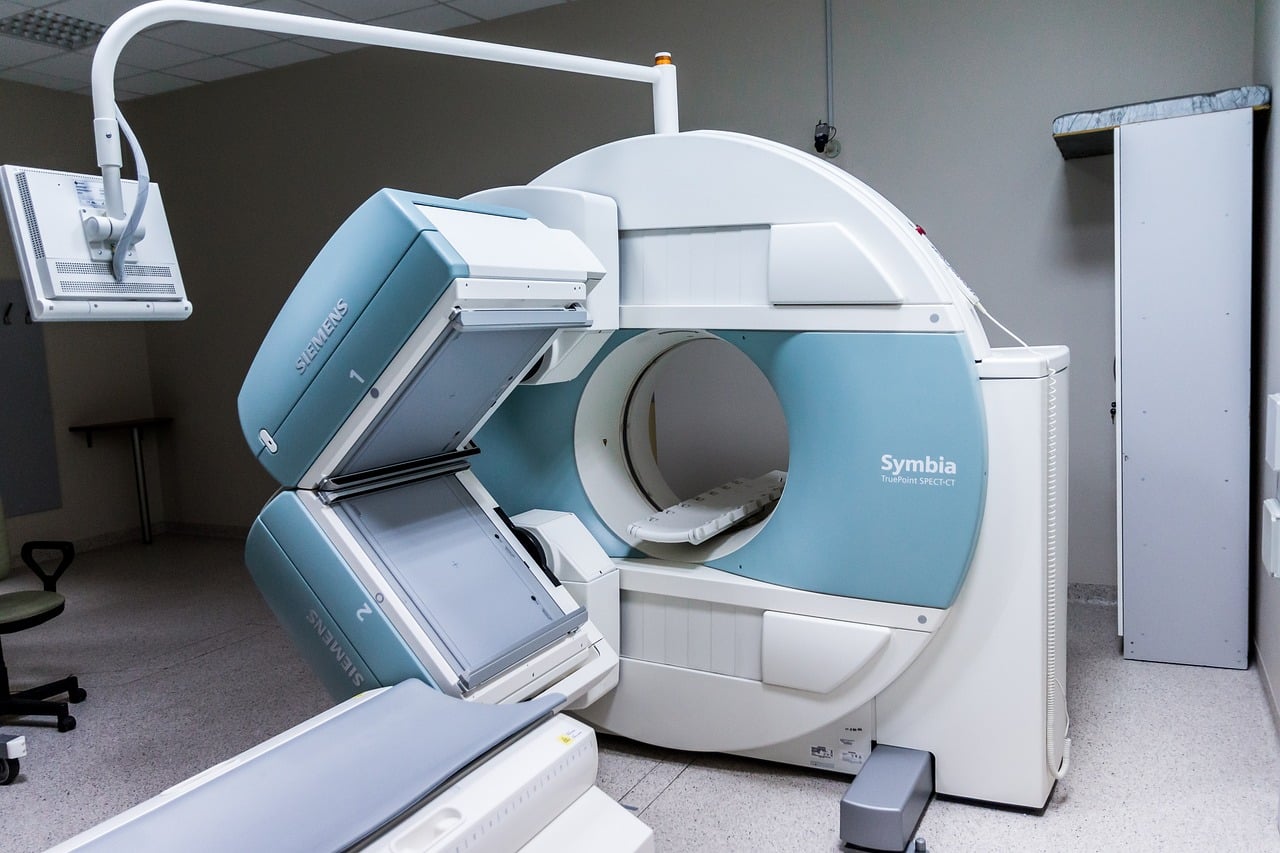The Microsoft Windows 10 operating system will soon not be universally supported. This change will go into effect on October 14, 2025. Upgrading to Windows 11 can occur in the meantime. Microsoft has a Windows 11 upgrade available for free. For people sticking with Windows 10, a Windows 10 security update program will be available.
For some computers, switching to Windows 11 can happen without difficulty. Other computers will not be able to upgrade to Windows 11. To upgrade to Windows 11, a computer needs the Trusted Platform Model (TPM) 2.0 chip. This chip provides a variety of security features to keep computers safe. The Windows 11 upgrade is designed to improve upon both security and user experience.
Microsoft Windows 11 Rationale and Process
The Microsoft website states: “Windows 10 will reach End of Support (EoS) on October 14, 2025.” When EoS is reached, Windows 10 will continue to be operational. However, Microsoft advises that Windows 10 will not “receive fixes, new features, or security updates.” Individuals who wish to continue to use Windows 10 will still have an option. They can enroll in a program called Extended Security Updates (ESU). This program will provide updates to ensure computer security. More details about this program will be provided as October approaches. Businesses can also participate in this program.
Some computers will easily access a free upgrade to Windows 11. You may receive a notification that your computer can be upgraded. This notification provides a method for upgrading directly to Windows 11. Windows Update can also tell you if a Windows 11 upgrade is available and provide information about how to install the upgrade on your computer.
Features of Windows 11
Microsoft states that the Windows 11 user experience is configured to be easy and pleasant. Microsoft states Windows 11 is “a soothing place to work and play.” This operating system incorporates and improves upon appreciated features of Windows 10. Windows 11 has been designed to improve upon the Windows 10 experience for touchscreen computers. Also included with Windows 11 are Windows Studio Effects. These can be used to create polished impressions during video calls. In addition, Windows 11 includes features to enable you to easily find files you need.
Along with features for ease of use, Windows 11 includes improved security features. These build on security features found in Windows 10. One such feature is Windows Hello. Windows Hello adds a level of security to signing in. You can replace or add to your sign-in password with another authentication method.
Update Concern
There is a concern about this new Microsoft Windows upgrade. The worry is that many people may need to buy new equipment to run it. Forbes states that around “240 million PC owners” are encouraged to leave their computers behind. To be able to run the Windows 11 upgrade, your computer needs a particular component. This component is the Trusted Platform Model (TPM) 2.0 chip.
The TPM 2.0 is a chip that helps keep your computer secure. One security feature of the TPM 2.0 chip is that it verifies software. The chip ensures that any software you run on your computer can be trusted. Another feature is that the chip encrypts information so that hackers cannot access it. Another way this chip helps keep computers secure is by protecting them from being tampered with. The chip can detect any attempts to physically alter components of your computer.
General Microsoft Upgrade Overview
Microsoft will no longer provide overall support for Windows 10 beginning on October 14, 2025. Computers need the TPM 2.0 chip to be able to upgrade to Windows 11. Computer owners can learn either through direct notification or Windows Update whether they can upgrade. Instructions for how to upgrade to Windows 11 are provided when an upgrade is available. Buying a new computer that can run the Windows 11 upgrade is an option. Another option is continuing to run Windows 10. While Windows 10 will generally not be supported, an available program will offer security updates.








